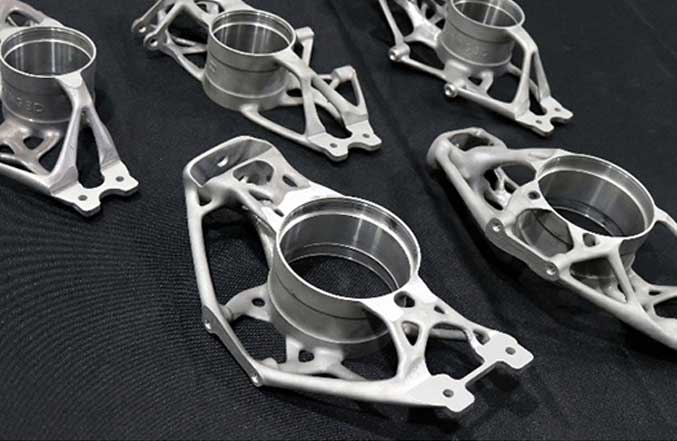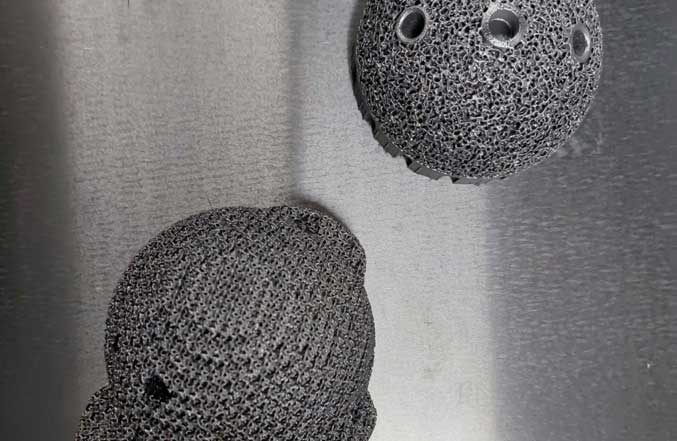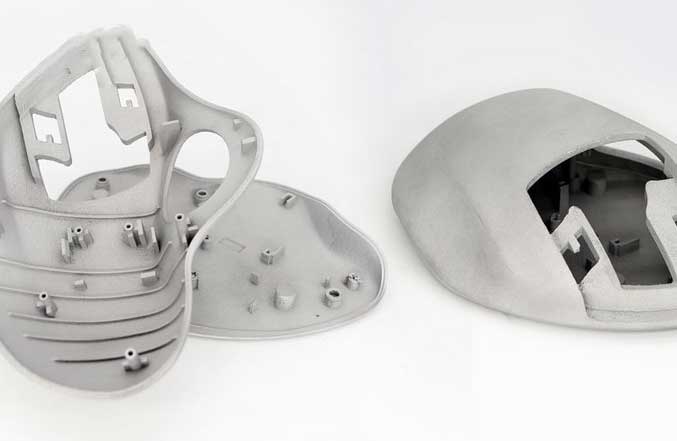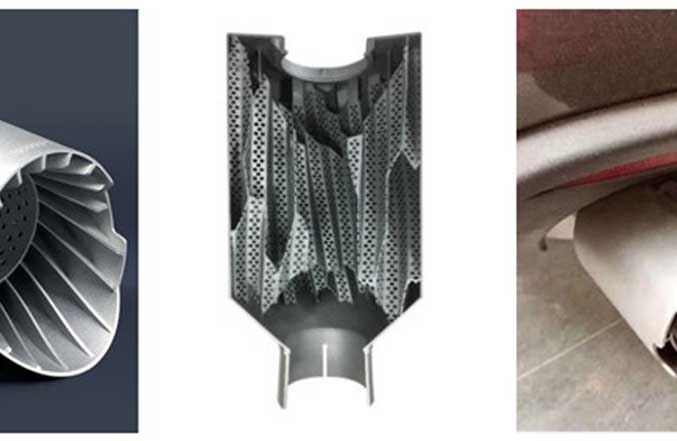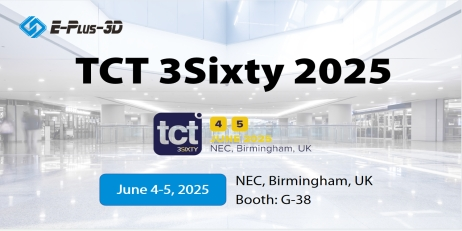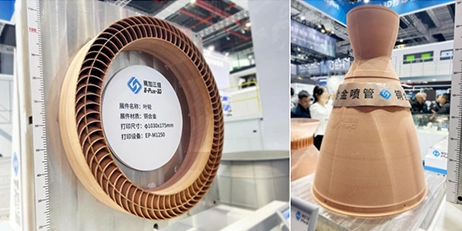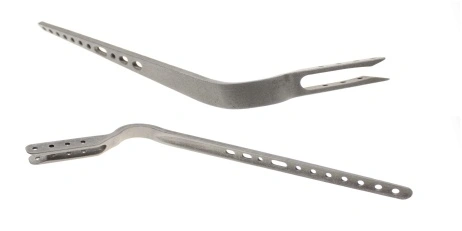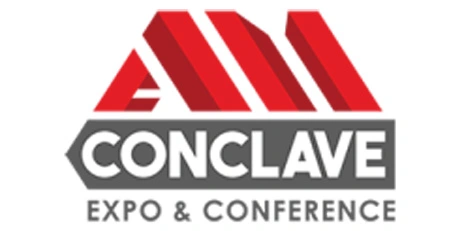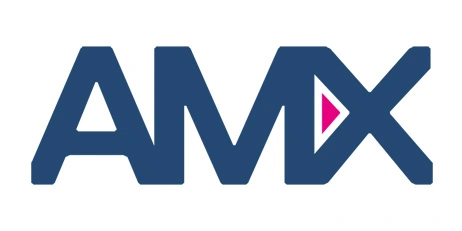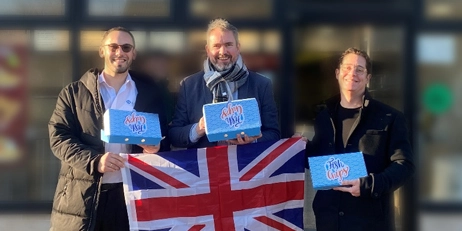Metal 3D Printed Racing Car Wheel Carrier
By S.Dähmel, E.Jost, Z.Zhang

In racing, every millisecond counts to be the first to cross the finish line. The Delta Racing Team of Mannheim University of Applied Sciences therefore optimizes their racing car for the Formula Student Electric every year. The biggest improvement of the chassis this year is the production technology switch to additively manufactured wheel carriers and the benefits that come along with it. The most accurate numerical calculation methods, a topology- and production-optimized design, as well as the printing of the aluminum component on EPLUS 3D's EP-M250Pro, can achieve a weight saving of over 50% and thus an extraordinary increase of performance of the whole car compared to with the previous CNC-milled component.

In racing, vehicle weight plays a decisive role in performance and driving behaviour. The wheel carrier is the central element for absorbing and transmitting forces. With the help of additive manufacturing processes, new possibilities of shape and design freedom have been created. The development is based on computer-aided analyses. Tools such as topology optimization of the structure by finite element method (FEM) are used here. These softwares analyze the predominant loads of the component and calculate an optimized component geometry. This information is incorporated into the design process. This allows different manufacturing processes to be compared and to avoid costly part changes.
The aim of topology optimization is to achieve the medium yield with a more definite mass reduction. The software will ultimately be given the level of filling restriction, which describes the ratio of the output mass and target mass in the design volume. The mean yield is formed from a total of 18 load cases and their respective importance as well as a safety factor. With the help of the solver "OptiStruct" the optimal solution is calculated and further refined over several iterations.

In order to ensure a smooth production of the components, several optimizations are carried out to ensure the manufacturability of the topology-optimized component. These are developed in a project together with participants of the Delta Racing e.V., the machining specialist Klaeger Präzision GmbH & Co. KG as well as with the consulting team of Eplus3D.
As a first rapid prototype and as a touch and feel example and for discussion with all stakeholders, a wheel carrier made of PLA is 3D-printed using the FFF process.

The production order of the components is then defined as follows: The parts are produced additively on an EP-M250Pro MPBF (Metal Powder Bed Fusion) printer. Afterwards, the component and building platform are annealed in a vacuum furnace to lower the stresses inside the parts. With the help of a wire eroding machine, the component is separated from the build platform and the support structures are removed. It is followed by sandblasting the surface as well as the machining of functional areas on a 5-axis CNC milling machine before quality control is being done.

Summary:
By taking an additive manufacturing and topology optimization approach, the new wheel carriers represent another milestone in Delta Racing's racing car development. In the pre-season, CNC milled wheel carriers were installed. With the bionic design, the potential of lightweight construction could be exploited, and the weight of the previous year's wheel carrier reduced by 50%. The new wheel carriers therefore weigh about 550 grams per piece. All masses around the wheel belong to the unsprung masses, which act directly on the vehicle and are not delayed by the springs and dampers. Unsprang masses therefore have a factor of 7 to the total moving mass. The drastic reduction of the unsprang masses therefore makes the driving behaviour significantly more agile and noticeably more handy.
Without a doubt, additive manufacturing is going to play a much greater role in the future, Eplus 3D is developing technologies of direct printing, batch production of customized parts, and larger parts manufacturing in a wider range of applications.
